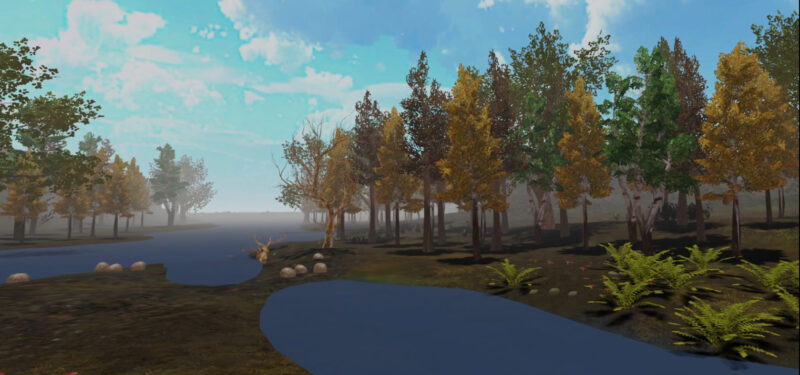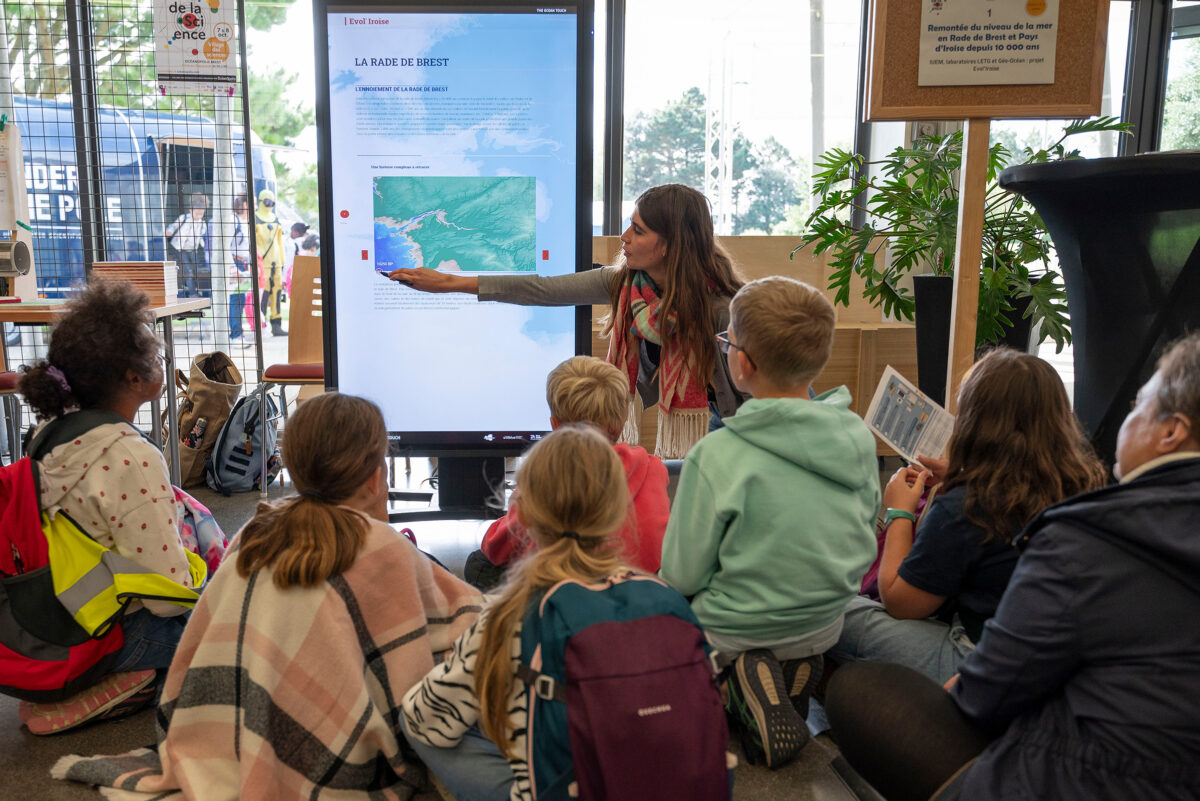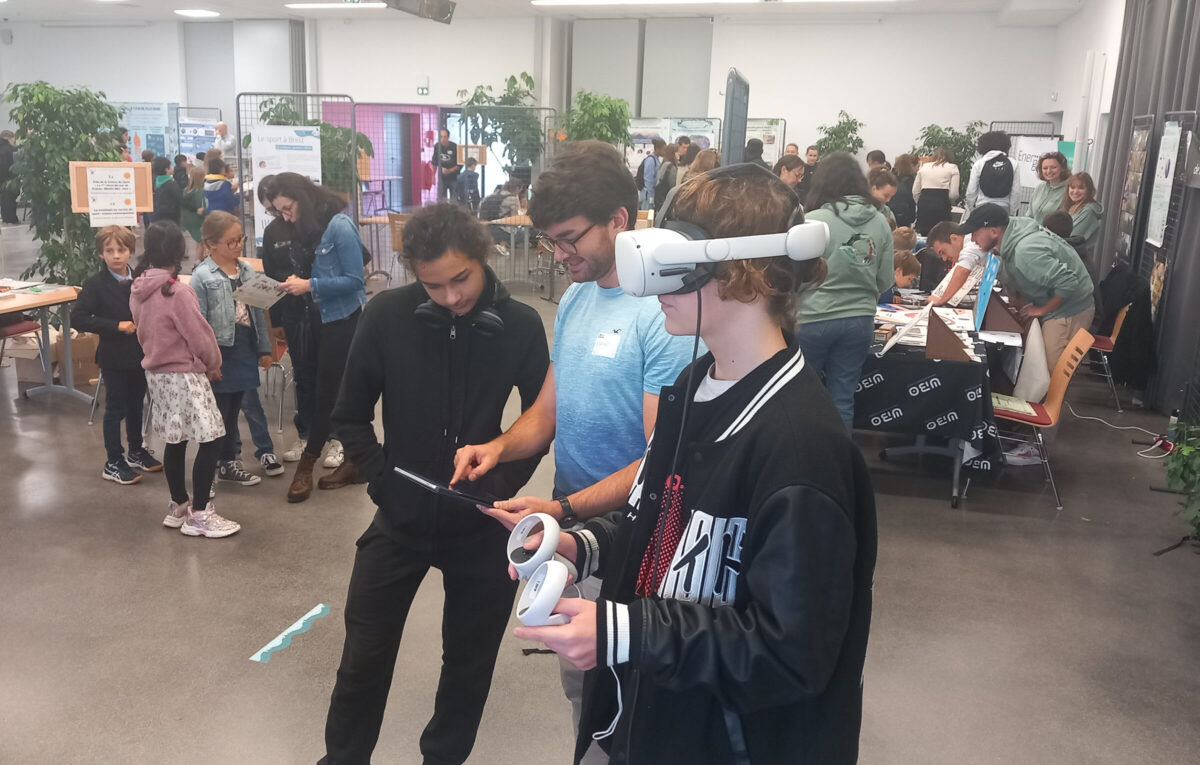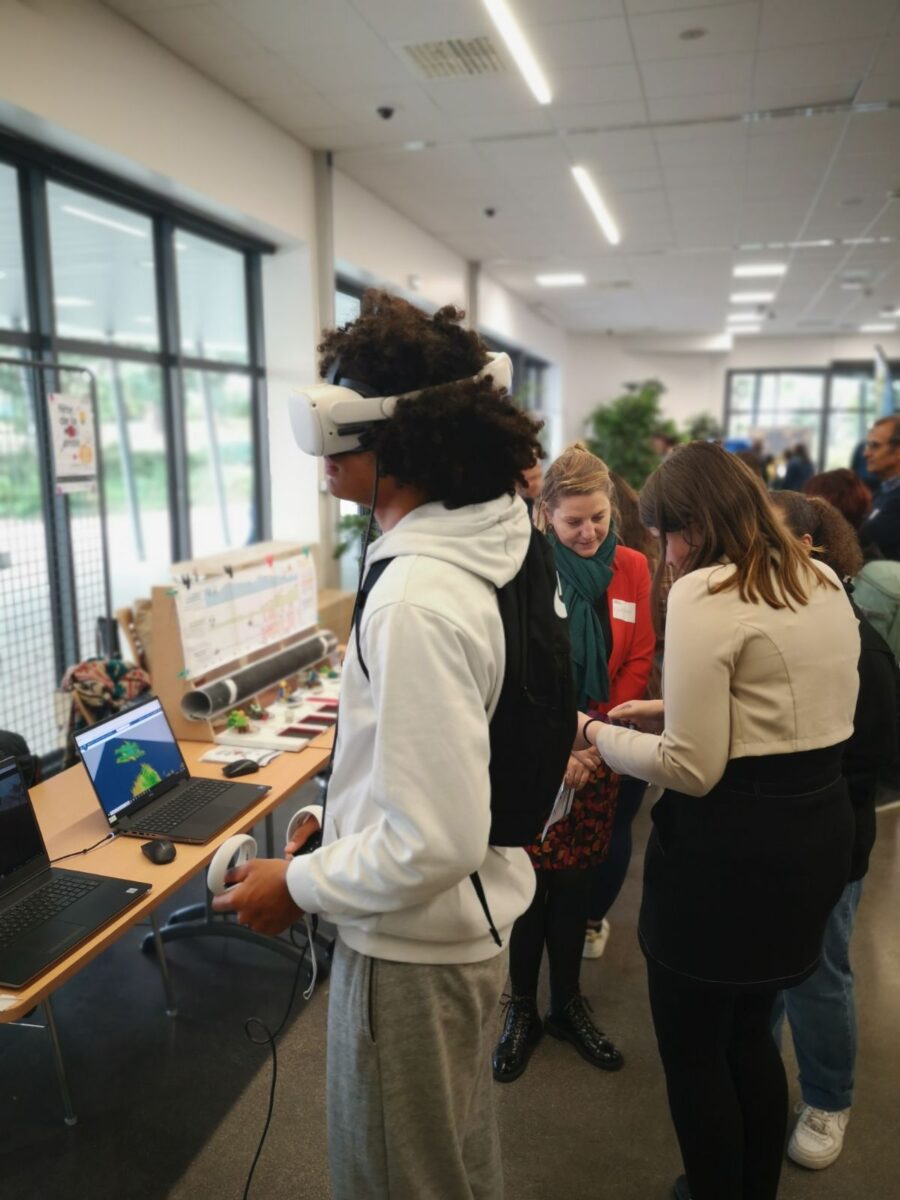ImmerSea RADE PIM: Designing a virtual tour of the Brest harbour in a 3D environment from 10,000 years ago to the present day

The ImmerSEA RADE PIM is part of the Mutualised Interdisciplinary Projects (PIM), which are training modules that bring together all ISblue Masters students during common periods (January and/or June) to work on cross-disciplinary themes and develop their ‘soft skills’.
Over the last 10,000 years, the Brest harbour has experienced numerous ecosystem changes as a result of natural climate dynamics and the development of human activities. Whereas the gully once consisted of vast areas of mudflats bordered by maritime marshes, it is now a shallow coastal system with a depth of around fifty metres. To represent these major changes and the gradual transformation of coastal landscapes, we asked ourselves: How can virtual environments be used to represent these phenomena?
The ImmerSea RADE PIM, which took place from 26 to 30 June 2023 on the island of Ouessant, challenged 10 ISblue master’s students and engineering students to develop an interactive scenario retracing the history of the harbour using 3D modelling tools. Immersed at the heart of an island environment, their work had to be inspired by the environmental and societal particularities of life at the heart of the Iroise Sea. The aim was to consider how this scenario could be implemented in scientific outreach programmes.
Fête de la science – 5 & 6 October 2023 – Océanopolis, Brest
Some of the students presented ImmerSea RADE to a school audience at the Fête de la Science at Océanopolis (Brest) on 5 and 6 October 2023. They were assisted by Maxime Kernec, ImmerSEA LAB project coordinator, Riwalenn Ruault, ISblue educational engineer, and Jean-Marc Galéa from the Fondation Dassault Systèmes.



Credits: Sébastien Hervé, Maxime Kernec, Riwalenn Ruault
Press Review
Le Télégramme – regional daily press
Ouest France – regional daily press
Côté Brest – weekly local press
CAO.fr – website specialised in engineering and design
 Attention, vous utilisez un navigateur peu sûr !
Attention, vous utilisez un navigateur peu sûr !